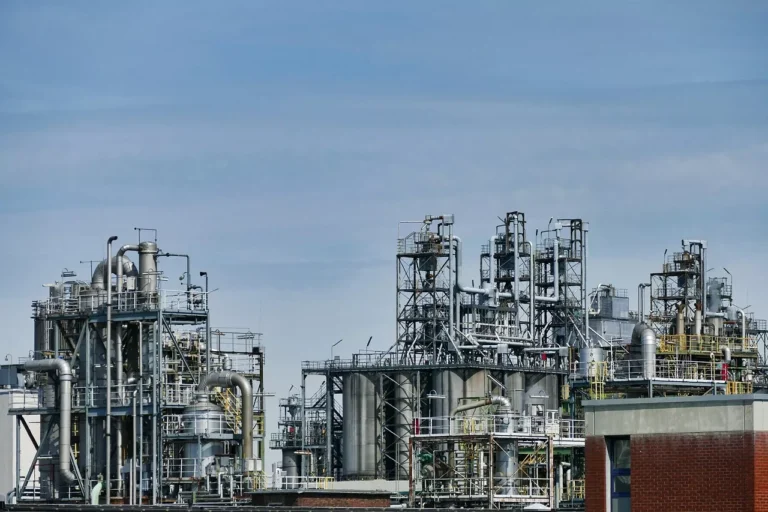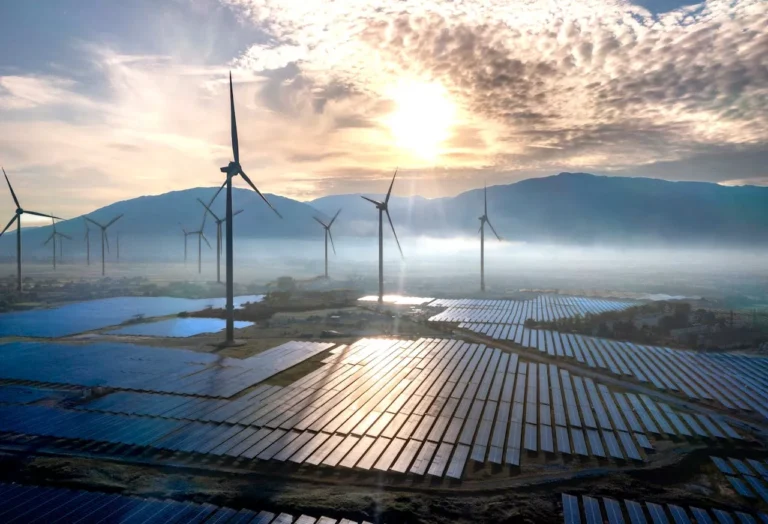
PG&E and Bridger Photonics Expand Partnership to Advance Methane Leak Detection and Cut Emissions
Bridger Photonics Inc. (“Bridger”), a recognized global leader in methane detection technology for the oil and gas industry, has joined forces with Pacific Gas and Electric Company (PG&E), one of the largest combined natural gas and electric utilities in the United States. Through this strategic collaboration, PG&E will integrate Bridger’s state-of-the-art aerial leak detection solutions into its ongoing efforts to enhance natural gas system safety, reduce methane emissions, and improve operational efficiency across its extensive infrastructure in northern and central California.
Tackling Methane Emissions with Innovation
Methane, a potent greenhouse gas, poses a significant challenge for the energy sector, particularly for natural gas utilities. PG&E, which serves approximately 16 million people within a 70,000-square-mile territory, operates a vast system of over 42,000 miles of natural gas distribution pipelines and more than 6,400 miles of transmission pipelines. With 4.5 million customer accounts reliant on natural gas, the utility faces both the opportunity and responsibility to lead in emissions reduction efforts.
Bridger’s Gas Mapping LiDAR® (GML) technology brings a new level of precision and efficiency to leak detection. By using aerial laser-based sensors, GML can identify, locate, and measure methane leaks far more quickly and accurately than traditional ground-based or handheld systems. The system’s ability to quantify leak flow rates enables utilities like PG&E to prioritize repairs based on severity, location, and proximity to populated areas or critical infrastructure—streamlining resource allocation while maximizing safety and emissions control.
Boosting Safety and Responsiveness
The integration of Bridger’s technology into PG&E’s operations is part of a larger initiative to modernize the utility’s natural gas safety programs. According to Jeff Janvier, Lead of Gas Distribution Operations at PG&E, the adoption of GML is a critical advancement in leak detection and risk mitigation.
“PG&E’s utilization of Bridger’s advanced aerial leak detection technology represents a significant step forward in reducing risk on our natural gas system and in lowering methane emissions,” Janvier said. “This sensor enables us to accurately pinpoint leaks on our system from an aerial platform, including precise measurement of flow rates, thus mitigating safety risk and reducing methane emissions in a prioritized manner.”
This capability not only helps PG&E meet regulatory requirements and internal goals, but it also enables the company to proactively manage potential hazards before they escalate. By rapidly identifying leaks, dispatching repair crews more efficiently, and reducing unplanned service interruptions, PG&E can ensure a safer and more reliable natural gas delivery system.
Accelerating Climate Goals and Regulatory Compliance
PG&E has set ambitious sustainability goals in recent years, including a net-zero greenhouse gas emissions target by 2040. The company has already achieved significant milestones, surpassing its 2025 methane reduction target in 2024 with a 42% cut in emissions from its 2015 baseline. This progress earned PG&E the top ranking on the 2024 US Utilities Decarbonization Index, compiled by the National Public Utilities Council.
The collaboration with Bridger Photonics will provide PG&E with enhanced tools to maintain its momentum in emissions reduction. By enabling more accurate and frequent detection of methane leaks across both distribution and transmission systems, Bridger’s aerial inspections serve as a force multiplier for PG&E’s climate strategy.
Ben Little, CEO of Bridger Photonics, expressed enthusiasm about the growing partnership and its broader implications for the energy sector. “We are excited to expand our work across California by partnering with PG&E to support their efforts in reducing methane emissions, improving safety, and enhancing operational efficiency,” Little said. “This partnership is a powerful example of how innovative technology can foster the safest, most resilient, and most affordable energy supply.”
A Model for Industry-Wide Transformation
As regulators, investors, and consumers place increasing pressure on utilities to address climate change, the collaboration between PG&E and Bridger Photonics serves as a model for industry transformation. Leveraging advanced sensing technologies like Gas Mapping LiDAR allows for smarter maintenance and operational decision-making, reducing unnecessary emissions and minimizing environmental impact.
The partnership also signals a shift toward data-driven utility management, where information gathered from aerial sensors informs everything from leak prioritization to capital investment planning. By replacing reactive approaches with proactive, predictive strategies, PG&E and Bridger are helping reshape the utility landscape for a low-carbon future.
Moreover, this approach aligns with California’s broader climate goals, including the state’s ambitious target to achieve carbon neutrality by 2045. The state has already implemented some of the nation’s strictest rules for methane emissions, making partnerships like this one not only beneficial but also necessary to stay in regulatory compliance while keeping customer energy costs manageable.










